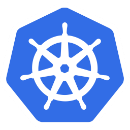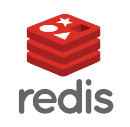Kubernetes: AWS ALB Ingress Controller – add redirect to another domain
9 October 2020We have an application – an old version, and a new one, and two domains for them. The application is working on AWS Elastic Kubernetes Service, behind an AWS LoadBalancer created with AWS ALB Ingress Controller. The task is to create a redirect from the old domain’s Ingress to a new LoadBalancer: old URL: dev.api.old-example.com… Read More »




